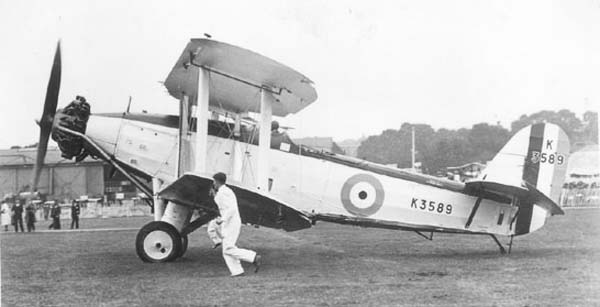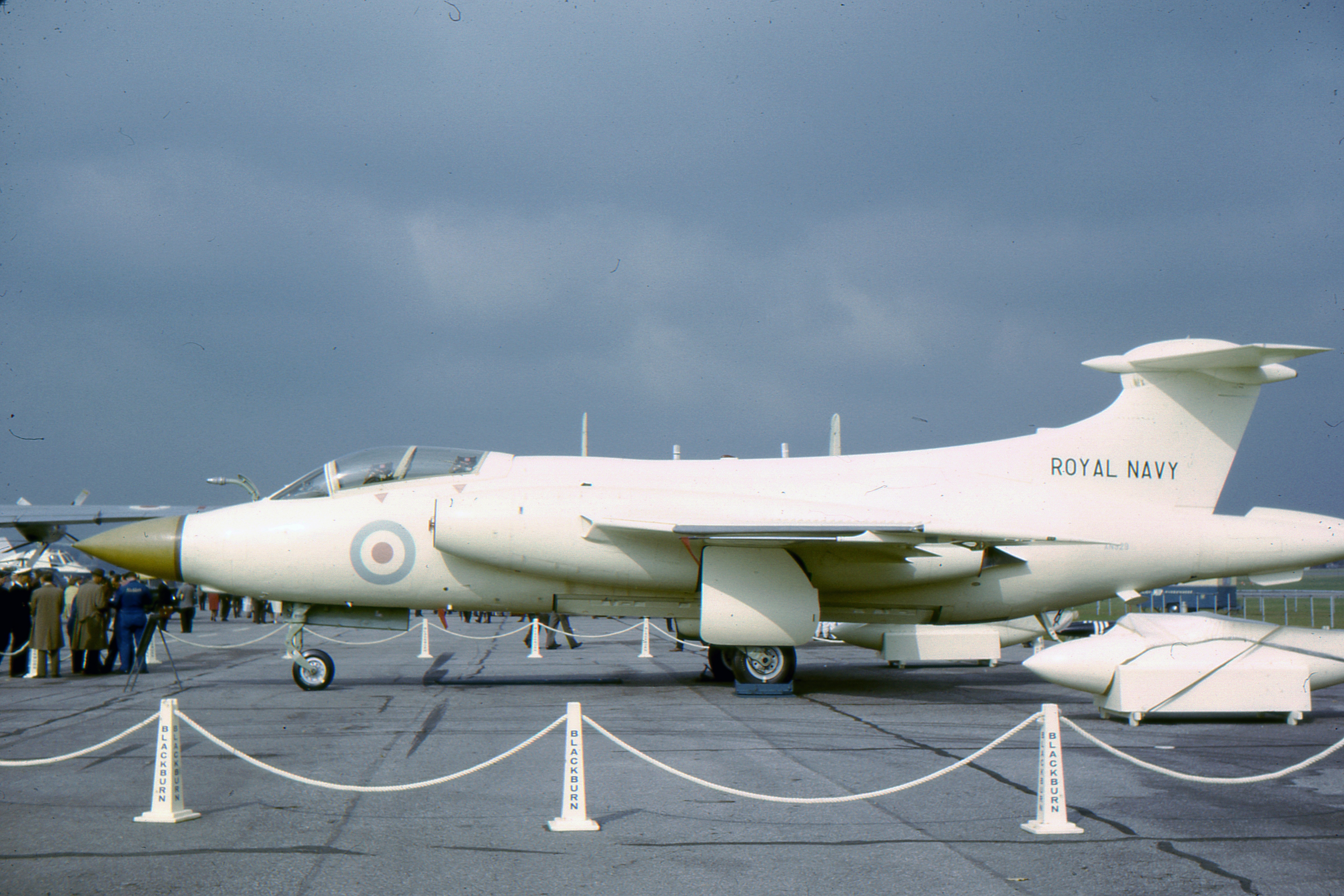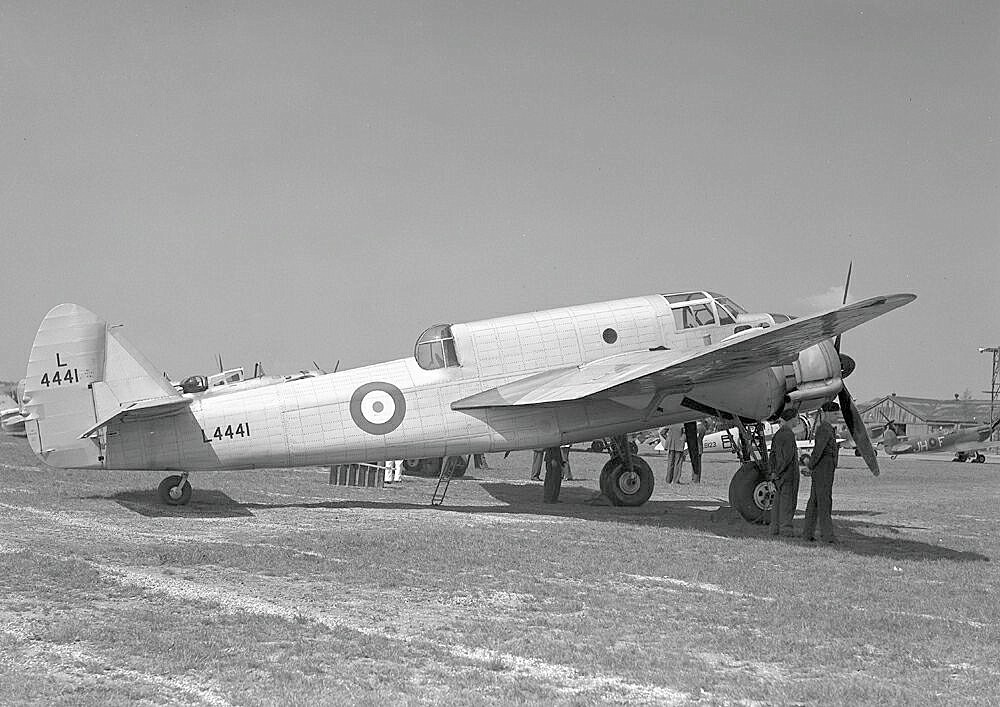|
List Of Aircraft Of The Fleet Air Arm
This is a list of aircraft of the Fleet Air Arm (FAA). On 1 April 1918 the Royal Naval Air Service (RNAS) was merged with the Royal Flying Corps (RFC) to form the Royal Air Force (RAF) which directly operated and controlled all naval aircraft. On 1 April 1924 the ''Fleet Air Arm of the Royal Air Force'' was created as a distinct component of the RAF, which existed until 24 May 1939 when command of the Fleet Air Arm was transferred back to Royal Navy control. Coastal Command patrol aircraft, including most large seaplanes, remained with the RAF despite their operations in a naval environment. Prototypes were largely under the control of the Air Ministry and not the Fleet Air Arm until their introduction into service. Aircraft Acronyms in table :ASW; Anti-submarine warfare :AEW; Airborne Early Warning :ECM; Electronic counter measures :EW; Electronic Warfare aircraft Helicopters to support the Royal Marines * Aerospatiale Gazelle * Agusta-Bell Sioux * Westland-Bell Siou ... [...More Info...] [...Related Items...] OR: [Wikipedia] [Google] [Baidu] |
Fleet Air Arm
The Fleet Air Arm (FAA) is one of the five fighting arms of the Royal Navy and is responsible for the delivery of naval air power both from land and at sea. The Fleet Air Arm operates the F-35 Lightning II for maritime strike, the AW159 Wildcat and AW101 Merlin for commando and anti-submarine warfare and the BAE Hawk as an aggressor. The Fleet Air Arm today is a predominantly rotary force, with helicopters undertaking roles once performed by biplanes such as the Fairey Swordfish. The Fleet Air Arm was formed in 1924 as an organisational unit of the Royal Air Force, which was then operating the aircraft embarked on RN ships—the Royal Naval Air Service having been merged with the Army's Royal Flying Corps in 1918 to form the Royal Air Force—and did not come under the direct control of the Admiralty until mid-1939. During the Second World War, the Fleet Air Arm operated aircraft on ships as well as land-based aircraft that defended the Royal Navy's shore establishments a ... [...More Info...] [...Related Items...] OR: [Wikipedia] [Google] [Baidu] |
Blackburn Baffin
The Blackburn B-5 Baffin biplane torpedo bomber designed and produced by the British aircraft manufacturer Blackburn Aircraft. It was a development of the Ripon, the chief change being that a 545 hp (406 kW) Bristol Pegasus I.MS radial engine had replaced the Ripon's Napier Lion water-cooled inline engine. The Baffin was designed by Major F A Bumpus and was initially pursued as a private venture. It was a conventional two-seat single-bay biplane of mixed metal and wooden construction with fabric covering. It had swept, staggered, equal-span wings, the lower having an inverse gull to provide clearance for the torpedo while retaining a short undercarriage. The engine was shifted forwards in comparison to that of the Ripon to retain its centre of gravity. Armament comprised a single fixed-position forward-firing 0.303 in (7.7 mm) Vickers machine gun and one free-mounted .303 in (7.7 mm) Lewis gun in the rear cockpit, plus one 2,000 lb (910 k ... [...More Info...] [...Related Items...] OR: [Wikipedia] [Google] [Baidu] |
English Electric Canberra
The English Electric Canberra is a British first-generation, jet-powered medium bomber. It was developed by English Electric during the mid- to late 1940s in response to a 1944 Air Ministry requirement for a successor to the wartime de Havilland Mosquito fast bomber. Among the performance requirements for the type was an outstanding high-altitude bombing capability and high speed. These were partly accomplished by making use of newly developed jet-propulsion technology. When the Canberra was introduced to service with the Royal Air Force (RAF), the type's first operator, in May 1951, it became the service's first jet-powered bomber. In February 1951, a Canberra set another world record when it became the first jet aircraft to make a nonstop transatlantic flight. Throughout most of the 1950s, the Canberra could fly at a higher altitude than any other aircraft in the world, and in 1957, a Canberra established a world altitude record of . Due to its ability to evade the early ... [...More Info...] [...Related Items...] OR: [Wikipedia] [Google] [Baidu] |
Brewster Buffalo
The Brewster F2A Buffalo is an American fighter aircraft which saw service early in World War II. Designed and built by the Brewster Aeronautical Corporation, it was one of the first U.S. monoplanes with an arrestor hook and other modifications for aircraft carriers. The Buffalo won a competition against the Grumman F4F Wildcat in 1939 to become the U.S. Navy's first monoplane fighter aircraft. Although superior to the Grumman F3F biplane it replaced, and the early F4Fs,Wheeler 1992, p. 58. the Buffalo was largely obsolete when the United States entered the war, being unstable and overweight, especially when compared to the Japanese Mitsubishi A6M Zero. Several nations, including Finland, Belgium, Britain and the Netherlands, ordered the Buffalo. The Finns were the most successful with their Buffalos, flying them in combat against early Soviet fighters with excellent results.Ethell 1995, p. 212. During the Continuation War of 1941–1944, the B-239s (de-navalized F2A-1s) operated ... [...More Info...] [...Related Items...] OR: [Wikipedia] [Google] [Baidu] |
Blackburn Buccaneer
The Blackburn Buccaneer is a British carrier-capable attack aircraft designed in the 1950s for the Royal Navy (RN). Designed and initially produced by Blackburn Aircraft at Brough, it was later officially known as the Hawker Siddeley Buccaneer when Blackburn became a part of the Hawker Siddeley Group, but this name is rarely used. The Buccaneer was originally designed in response to the Soviet Union's ''Sverdlov''-class cruiser construction programme. Instead of building a new fleet of its own, the Royal Navy could use the Buccaneer to attack these ships by approaching at low altitudes below the ship's radar horizon. The Buccaneer could attack using a nuclear bomb, or conventional weapons. It was later intended to carry short-range anti-shipping missiles to improve its survivability against more modern ship-based anti-aircraft weapons. The Buccaneer entered Royal Navy service in 1962. The initial production aircraft suffered a series of accidents due to insufficient engine ... [...More Info...] [...Related Items...] OR: [Wikipedia] [Google] [Baidu] |
Douglas Boston
The Douglas A-20 Havoc (company designation DB-7) is an American medium bomber, attack aircraft, night intruder, night fighter, and reconnaissance aircraft of World War II. Designed to meet an Army Air Corps requirement for a bomber, it was ordered by France for their air force before the USAAC decided it would also meet their requirements. French DB-7s were the first to see combat; after the fall of France, the bomber served with the Royal Air Force under the service name Boston. From 1941, night fighter and intruder versions were given the service name Havoc. In 1942 USAAF A-20s saw combat in North Africa. It served with several Allied air forces, principally the United States Army Air Forces (USAAF), the Soviet Air Forces (''VVS''), Soviet Naval Aviation (''AVMF''), and the Royal Air Force (RAF) of the United Kingdom. A total of 7,478 aircraft were built, of which more than a third served with Soviet units. It was also used by the air forces of Australia, South Africa, Fra ... [...More Info...] [...Related Items...] OR: [Wikipedia] [Google] [Baidu] |
Bristol Blenheim
The Bristol Blenheim is a British light bomber aircraft designed and built by the Bristol Aeroplane Company (Bristol) which was used extensively in the first two years of the Second World War, with examples still being used as trainers until the end of the war. Development began with the ''Type 142'', a civil airliner, in response to a challenge from Lord Rothermere to produce the fastest commercial aircraft in Europe. The ''Type 142'' first flew in April 1935, and the Air Ministry, impressed by its performance, ordered a modified design as the ''Type 142M'' for the Royal Air Force (RAF) as a bomber. Deliveries of the newly named Blenheim to RAF squadrons commenced on 10 March 1937. In service the Type 142M became the Blenheim Mk.I which would be developed into the longer Type 149, designated the Blenheim Mk.IV, except in Canada where Fairchild Canada built the Type 149 under licence as the Bolingbroke. The Type 160 Bisley was also developed from the Blenheim, but was already o ... [...More Info...] [...Related Items...] OR: [Wikipedia] [Google] [Baidu] |
Blackburn Blackburn
The Blackburn R-1 Blackburn was a 1920s British single-engine fleet spotter/reconnaissance aircraft built by Blackburn Aircraft. History The Blackburn was developed to meet a naval requirement ( Specification 3/21) for a carrier-based reconnaissance aircraft and gun spotting aircraft. Blackburn designed a new fuselage and used the wing and tail surfaces from the Blackburn Dart. The pilot sat in an open cockpit above the engine, a navigator sat inside the fuselage and a gun position was located at the rear of the fuselage cabin. The aircraft's two-bay wings could fold for stowage aboard aircraft carriers, with the upper wing attached directly to the fuselage, which filled the interplane gap. Armament was a single forward-firing Vickers machine gun mounted externally to the left of the pilot, with a Lewis gun on a Scarff ring for the gunner. Three prototypes were flown during 1922, leading to an initial production contract for 12 aircraft. The production aircraft were designate ... [...More Info...] [...Related Items...] OR: [Wikipedia] [Google] [Baidu] |
Brewster Bermuda
The Brewster SB2A Buccaneer was a single-engined mid-wing monoplane scout/bomber aircraft built by the Brewster Aeronautical Corporation for the Royal Air Force (RAF) and United States Navy between 1942 and 1944. It was also supplied to the United States Army Air Forces and United States Marine Corps. The Buccaneer was overweight and lacked maneuverability, and has been described as a "classic failure"; while designed as a scout bomber, none saw combat, although a number found use in noncombat roles. The SB2A was developed for the US Navy, and also ordered in large quantities by the Dutch, French, and British Governments. The Dutch order was later taken over by the US Navy and the French order by Britain. An Australian order was cancelled before any of the type were delivered. The Buccaneer was underpowered and poorly constructed, and all of its operators considered it to be unsuitable for combat. SB2As were used as target tugs by the RAF and US Navy, trainers by the USMC, and "h ... [...More Info...] [...Related Items...] OR: [Wikipedia] [Google] [Baidu] |
Avro Bison
The Avro 555 Bison was a British single-engined fleet spotter/reconnaissance aircraft built by Avro. Development and design The Bison was designed to meet British Specification 3/21 for a carrier-based fleet spotter and reconnaissance aircraft. An order for three prototypes was placed in October 1921, together with three of the competing design from Blackburn Aircraft, the Blackburn Blackburn. Avro's design, the Type 555 Bison, was a two-bay biplane, powered, like the Blackburn, by a Napier Lion engine. The deep slab-sided fuselage was constructed of steel tube, with the pilot sitting in an open cockpit forward of the wings, and the engine cowling sloping steeply down ahead of the pilot. An enclosed cabin with large rectangular windows on each side housed the navigator and radio operator and all their equipment, with sufficient headroom to stand upright, while a cockpit for a gunner armed with a Lewis gun on a Scarff ring was provided in the rear fuselage. The upper wings we ... [...More Info...] [...Related Items...] OR: [Wikipedia] [Google] [Baidu] |
Bristol Beaufort
The Bristol Beaufort (manufacturer designation Type 152) is a British twin-engined torpedo bomber designed by the Bristol Aeroplane Company, and developed from experience gained designing and building the earlier Blenheim light bomber. At least 1,180 Beauforts were built by Bristol and other British manufacturers. The Australian government's Department of Aircraft Production (DAP) also manufactured variants of the Beaufort. These are often known collectively as the DAP Beaufort. More than 700 Australian-built Beauforts saw service with the Royal Australian Air Force in the South West Pacific theatre, where they were used until the end of the war. Beauforts first saw service with Royal Air Force Coastal Command and then the Royal Navy Fleet Air Arm from 1940. They were used as torpedo bombers, conventional bombers and mine-layers until 1942,Robertson 1976, p. 30. when they were removed from active service and were then used as trainer aircraft until being declared obsolete i ... [...More Info...] [...Related Items...] OR: [Wikipedia] [Google] [Baidu] |
Bristol Beaufighter
The Bristol Type 156 Beaufighter (often called the Beau) is a British multi-role aircraft developed during the Second World War by the Bristol Aeroplane Company. It was originally conceived as a heavy fighter variant of the Bristol Beaufort torpedo bomber. The Beaufighter proved to be an effective night fighter, which came into service with the Royal Air Force (RAF) during the Battle of Britain, its large size allowing it to carry heavy armament and early airborne interception radar without major performance penalties. The Beaufighter was used in many roles; receiving the nicknames ''Rockbeau'' for its use as a rocket-armed ground attack aircraft and ''Torbeau'' as a torpedo bomber against Axis shipping, in which it replaced the Beaufort. In later operations, it served mainly as a maritime strike/ground attack aircraft, RAF Coastal Command having operated the largest number of Beaufighters amongst all other commands at one point. The Royal Australian Air Force (RAAF) also m ... [...More Info...] [...Related Items...] OR: [Wikipedia] [Google] [Baidu] |





.jpg)


.jpg)

